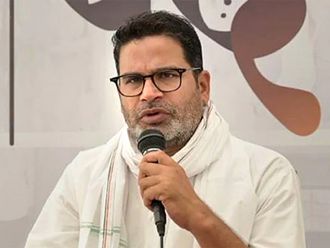For the past six decades, the Castro brothers have been the dominant force in Caribbean politics, and most Cubans today can’t remember a time when either Fidel or Raul called the shots as president of the Communist bastion. Now, with the formal election by the single-party National Assembly of 57-year-old Miguel Diaz-Canel as President, that at least has changed on the island. Raul Castro, however, will still remain head of the Communist party, ensuring that the 86-year old will at least have a say in the nation’s future course for now.
So, what now for Cuba and its 12 million people? Certainly, the hope of a rapprochement with the United States, sitting just 125 kilometres across the Straits of Florida, is unlikely while President Donald Trump remains in power in Washington. He has pulled the plug on the tentative diplomatic warming that was underway in the latter years of the Barack Obama presidency. For now, it remains isolated from the US with most of the trappings of the economic embargo in place.
Diaz-Canel was born and has lived all his life in the proletarian economic and political system imposed by the Castro brothers and their full-blooded embrace of the Marxist dialectic and principles. That sees free housing and medical treatment for all, with most basic foodstuffs supplied at subsidised prices. While Raul did dally with free-market reforms and loosening of restrictions on holding US currency, those reforms have now been rolled back. And as long as he remains at the helm of the Communist party, there is little room for the largely unknown Diaz-Canel to manoeuvre. Change will only come slowly, through eventual evolution — not revolution.








